The path to sustainability: how the smartphone market can improve
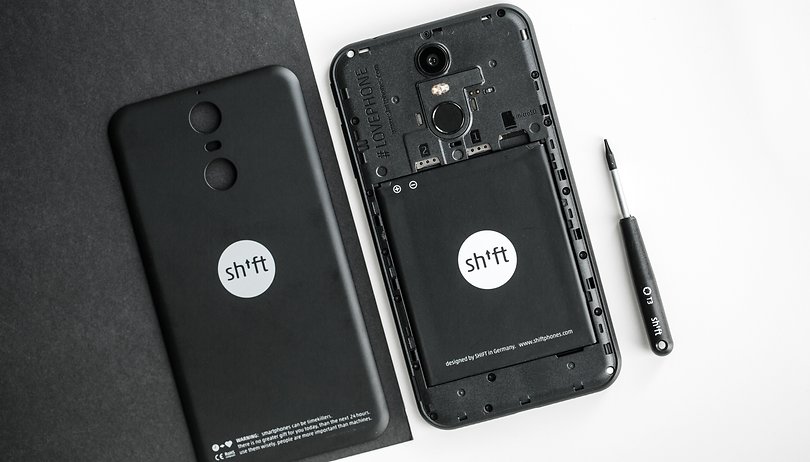

Read in other languages:
The ecological and social footprint of smartphones is devastating. Both the extraction of raw materials for new equipment and the disposal of a large part of the old equipment is at the expense of nature and the health of workers. A closed cycle, which would do justice to the concept of "recycling", only exists for a small proportion of the components. However, some efforts give us hope that the madness could be curbed.
I talked to several experts in the field of sustainability in technology and I am in a hopeful mood. Even if the overexploitation for the production of new smartphones continues, the number of options to opt-out is increasing.
Smartphones do not have to be mass-produced
The Hessian (a German state) company Shiftphones shows that smartphones do not have to be mass-produced. Above all, the manufacturer has taken into account from the outset that the equipment will return to it at the end of its useful life. With a deposit of around €20 per smartphone, customers are certainly encouraged to do so.
"Since the introduction of our equipment deposit, we have been able to rescue a great many appliances from drawers that would probably have been forgotten there. The deposit also motivates the users to return their old/no longer used equipment and not to dispose of it erroneously with the household waste."
(Manuel Suhre, Press Officer, Shift GmbH)
For a longer relationship, being able to self-repair smartphones is key
One thing is clear: the display and battery are the weak points of smartphones. The former breaks in falls and impacts. The latter wears out due to the chemical aging processes. So why shouldn't we be able to repair them quickly and cheaply?
Until the Galaxy S6 in 2015, the smartphones of the then most important manufacturer apart from Apple were relatively easy and inexpensive to repair. On Samsung cell phones, we were able to remove the plastic cap on the back with our fingernail without tools and replace the battery underneath. It cost around €20 on eBay, and a little more from Samsung itself, for a new one.
Today this is practically only possible with Shiftphones and Fairphones. Both brands are underdogs whose total sales are lower than the marketing budget of Huawei, Samsung, or Apple. The Hessians are idealistic and say:
"As a social business, we deliberately forego marketing measures and advertising budgets. Surpluses go into sustainability and social justice. In this respect [...] the 'alarmed generation' probably has only a rudimentary knowledge that there are companies like Shift (or others)".
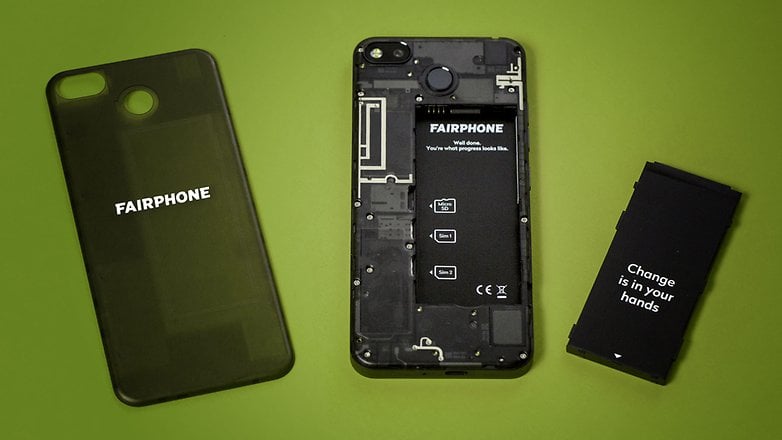
But what do the majority of people who have a smartphone with a non-replaceable battery do?
Repair cafés are on the rise
I asked Philipp Sommer from the German Environmental Aid to give me at least a small glimmer of hope regarding sustainable electronics. He said that the number of repair cafés was apparently increasing steadily. At these informal meetings, professionals or technically skilled people advise people with broken rech and help them repair them.
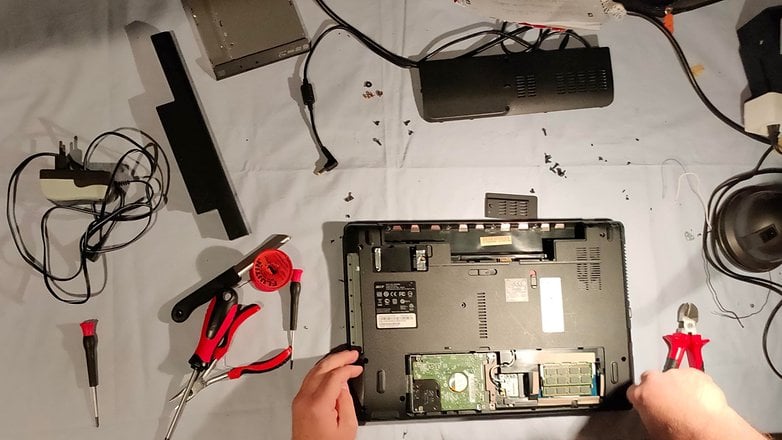
According to the motto: "Fight back and repair your smartphones", more and more people are not so discouraged by the manufacturers to put their digital companion, which they thought was broken, back to its original form. Even if the warranty or guarantee has long since expired, there are still spare parts out there and ways to avoid buying a new one.
But what about the software?
Another sensitive point is the software. Smartphone manufacturers have virtually sole control over whether or not your device receives updates. This is critical, because without regular security patches, nasty guys and girls have an easier time stealing your data.
Unfortunately, even the virtuous manufacturers Fairphone and Shiftphones have not yet found a remedy for this. Endless support by Android is not possible, because both the chipset manufacturers and Google will apply restrictions at some point. The former no longer provide new drivers and thus leave security gaps open. The latter make requirements for a new Android version that the old devices can no longer meet. A special case was the Fairphone 2, which got the update to Android 7 Nougat by special permission despite the not fulfilled OpenGL 3.1 requirement.
The Fairphone 3 currently has "a five-year update guarantee", as was confirmed to me by the head office in Amsterdam. It would, therefore, expire in September 2024. Spare parts should be available for the same duration.
Spare parts live in a grey area
Legally, the spare parts situation, in particular, is poorly regulated. Only within the short warranty phase can a product really be repaired. Manufacturers such as Apple or Samsung often have a monopoly on spare parts and therefore sometimes offer them at extortionate prices.
This means that when I buy a smartphone, I do not know how long spare parts and software updates will be available for it. EU guidelines for more ecological design are still in the making. Philipp Sommer reports that Germany, in particular, has repeatedly been at odds with such efforts at the EU level.
France, on the other hand, is setting a good example and will soon introduce a new label. A repairability index (similar to the iFixit rating) is intended to provide consumers with an indication of whether they can repair the device on their own responsibility in the event of a defect.
We own what we buy
Smartphone manufacturers are particularly accommodating when it comes to software. With Shiftphones, Fairphone but also with OnePlus, one is relaxed. Manuel Suhre explains: "By opening or installing alternative operating systems, the customer does not suffer any loss of warranty. Our Shift-OS (based on Android) is also available as a light version (without Google services). In addition, we maintain good contacts to alternative OS communities (Lineage, UBports [formerly Ubuntu Phone, editor's note]) and provide custom ROM support," he says, "so we can get fresh patches even after the official update stop."
Purism is taking the most radical approach with its Linux smartphone Librem 5, a US start-up that has developed a completely new piece of hardware with German hardware developer Nicole Färber. It can almost actually do exactly what other smartphones do. But before you get carried away, it does have fewer apps, the battery life is poor, the performance is not competitive.
But every single circuit of the hardware built into it is openly documented. We are allowed to control exactly what is going on inside this device. This is (since the HTC HD2) not possible with any other smartphone in the world. When it comes to the latest devices with a modem driver, we usually look at a black box and are not allowed to look at what data the smartphone is transmitting to whom at what time.
Admittedly, the Purism project does not focus on ecology, but it touches on the same theme: if we really control what we own, we will be happy to use it for a long time. And the eco-balance of an elaborately manufactured device improves the later it is replaced by the next one.
Product cycles tend to be shorter these days
Unfortunately, this asymmetry is also accepted by the legislation. Nobody but the manufacturer is allowed to control the inner mechanisms of a smartphone and everyone agrees with that. Nobody else can produce the spare parts or is allowed to sell them and even that seems to be okay.
In the meantime, really good smartphones themselves now only cost around €250. This is only slightly more than a new display for the Galaxy S9. Manufacturers are undercutting their prices with new, good models in this price segment, while the top models are running out of arguments for their surcharge. Both ends of the price scale are lined with arbitrariness. Whether the devices last longer than a year is in both cases a question of luck.
But consumption is also part of the democratic process, and we consumers must play our part in it. Manuel Suhre offers a nice closing statement:
"In the end it is always the consumer who decides. With the money in his pocket, he has more leverage and can choose mainstream or alternative. The trick is to get through to him what that alternative is."







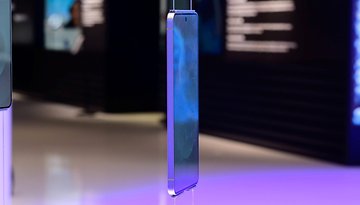
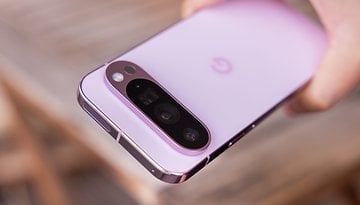


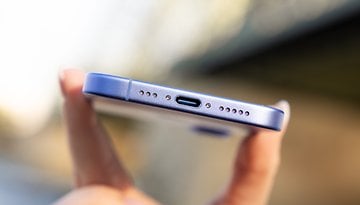
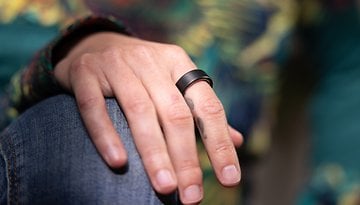





There is a simple lifespan help you overlooked. Software and driver updates. Separate these from the manufacturers and carriers. Let Google update the OS. Part makers update drivers separately. makers update their bloat separately. and same for carriers. Now you're not stuck with a couple of updates for the life of the phone. Your phone can remain secure and optimally programmed independent of the weakest link (carrier)for a longer useful period.
hjj
Here are some details that this article didn't explain very clearly:
1. SHIFT not only makes replacement parts available, but the parts of its Shiftphone 5.X series are backward compatible, so you can upgrade the 5.1 or 5.2 to version 5.3. Having backward compatible parts means that you can upgrade the PCB instead of buying a whole new phone, which is better for the environment.
2. Purism's Librem 5 phone will be the first phone in the world to have a replaceable cellular baseband and Wi-Fi/Bluetooth (on two M.2 cards), so that you can upgrade them. It probably won't be possible to upgrade the cellular baseband to 5G, due to the greater cooling requirements of 5G (and the different type of antenna if using 5G's mmWave frequencies), but this will make it possible to support different LTE bands when switching to different cellular providers or moving to other parts of the world.
3. Both the Purism Librem 5 and the PINE64 PinePhone run on Linux, which means that we should have software support for as long as the phones last. Purism promises "lifetime support" and PINE64 promises to produce the PinePhone from the next 5 years. Both companies are committed to using mainline Linux and they are submitting their changes to the Linux kernel. The Librem 5 runs on 100% free/open source software (FOSS) and the PinePhone will be almost all FOSS except for the firmware for the Wi-Fi/Bluetooth, which means that it will be very easy for the community to provide software updates even if these companies disappear. I expect that we will get 10+ years of software updates for both of these Linux phones.
4. Fairphone, SHIFT and PINE64 all guarantee to provide replacement parts. In addition, the PinePhone uses a standard battery which is also used some Samsung models, so it will be easy to find anywhere in the world. Purism says that it will provide replacement batteries and promises to provide replacement parts for as many parts as possible.
5. PINE64 releases its schematics in PDF, but it does not provide them with a free/open license, so they can't be reused. Purism releases its schematics under the GPL3+, so they can be reused, but Purism won't release the Gerber files until it has recovered its development costs (which its CEO estimates will be in 3 or 5 years "or something like that"). If the Gerber files are released, then any company will be able to produce parts for the Librem 5.
80% of the greenhouse gas emissions in a smartphone come from its original manufacturing, so the best way to lower the environmental impact of a phone is to use it for a long as possible. A phone that gets a lifetime of software updates and its parts can be replaced is the most environmental phone, which is why I decided to preorder the Librem 5, despite its high price tag.
Guys, that's not coming back, just like the headphone jack. Do we want that option, yeah unequivocally. Will we get what we want, the industry says "no". The only real power the consumer has is, don't buy, that's the only thing mfgrs/ carriers understand. I'm sorry, but in the "real world" there's not too many people walking around with $1000 phones, but there are a lot with iPhone 6's, and midrange to budget pinhole phones now instead.
At least the rate of development is now plateauing, as it did for PCs a decade or more back. I have the Moto G5 I bought 3 years ago and have seen little reason to change it yet. Even the battery is still doing well, with care to leave it unplugged at night.
In the end, for sustainability to be successful it must become the economic option. Apart from the early adopters who will pay anything to get the latest toy, most of us consider our wallets when buying. We are willing to compromise on features up to a point but that point has to be attractive.
Good points. Everybody wants to have a cell phone, from the poor, to the rich. Affordability, is a major factor, and the rise in prices has helped making the industry plateau now. Foldables, with their problems, if not fixed in time, may actually hurt the industry, as people will hold onto their phones that just work, and sale of new phones drop. People aren't stupid, and some may buy the foldable, bendable phones, but if they don't hold up to regular usage, people won't buy, or invest in future products. I, will hold on to my "candybar" phone til I see better results, and prices drop to a more sane level to real "affordability
-
Admin
Feb 19, 2020 Link to commentA big step would be going one step back and have again removable batteries
If my memory is correct, it is writers at Android Pit who wanted waterproof phones without replaceable batteries. These same writers ridiculed plastic bodies with battery covers over replaceable batteries.
Agree. It's been done before by Samsung having water proof phones with removable batteries. Those were the days.
It is incredibly annoying that small phone manufacturers (Fairphone, SHIFT, Gemini Computers, PINE64 and Purism) can give us removable batteries, but the major phone manufacturers which have huge budgets and release dozens of new models every year can't at least offer one decent mid-range or high-end phone with a replaceable battery. At this point, you have to buy a used LG V20 from 2016 if you want a high-end phone with a replaceable battery.